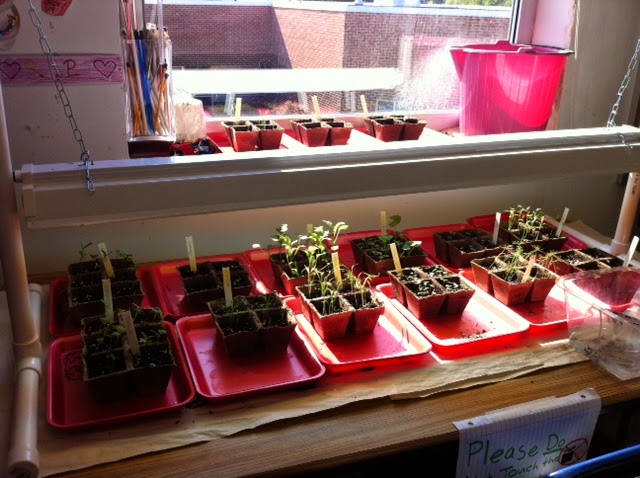 |
| Asters |
 |
| Fennel |
 |
| Gladiolas |
 |
| Hollyhocks |
 |
| Moon Flowers |
 |
| A Single Moon Flower |
 |
| Cosmos |
 |
| Snap Dragon and Tomato |
 |
| Sun Flower with a Heart |
 |
| Asters in the Patch |
 |
| Asters in bloom http://www.schmidtbrosinc.com/wp-content/uploads/wpsc/product_images/Aster%20Milady%20Mix-2.jpg |
 |
| Hollyhocks in the Patch |
 |
| Hollyhocks in bloom http://grasshopperhillfarm.net/planting-and-caring-for-hollyhocks/ |
 |
| Snapdragons in the Patch |
 |
| Snapdragons in bloom http://georgedidden.com/index.cfm/fuseaction/plants.plantDetail/plant_id/157/index.htm |
 |
| The fennel is already taller than the dill, but six feet tall is hard to imagine at this early stage! |
 |
| Here is a dill plant. You can see how the leaves are similar to fennel. |
 |
| This is a marigold/veggie/herb garden. It's hard to decide what makes this garden stand out more, the bright colors or the fragrant herbs. |
 |
| coriander |
 |
| carrots |
 |
| dill |
 |
| hollyhock |
 |
| lavender |
 |
| radishes and fennel |
 |
| snapdragons |
 |
| chives, columbine, asters |
 |
| the over all set-up |